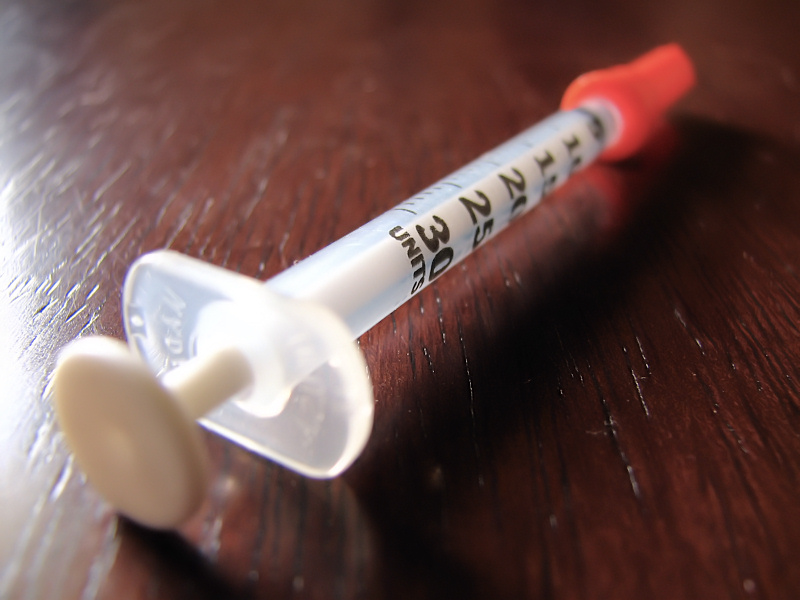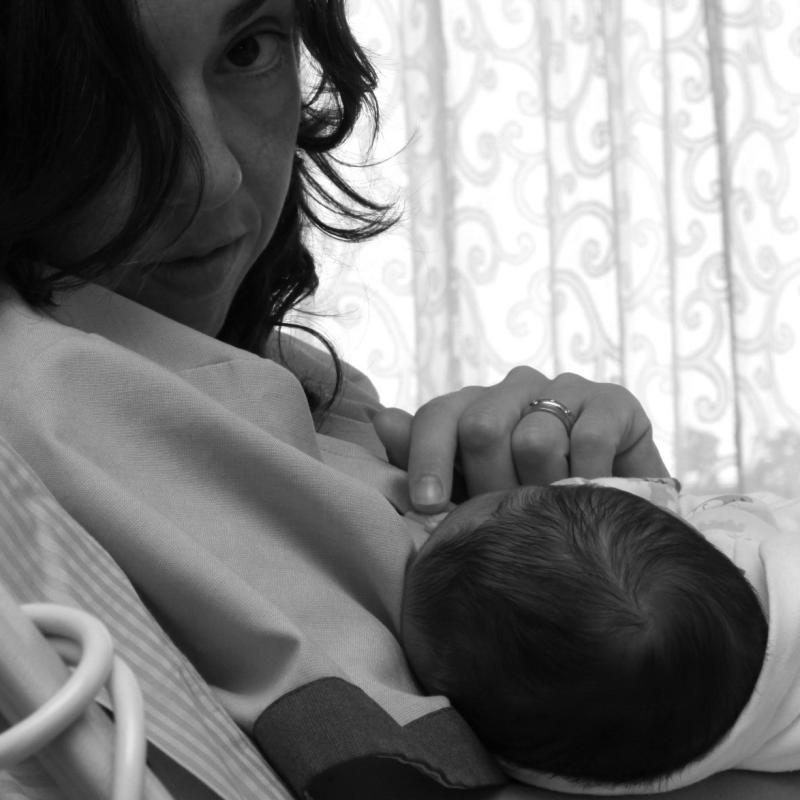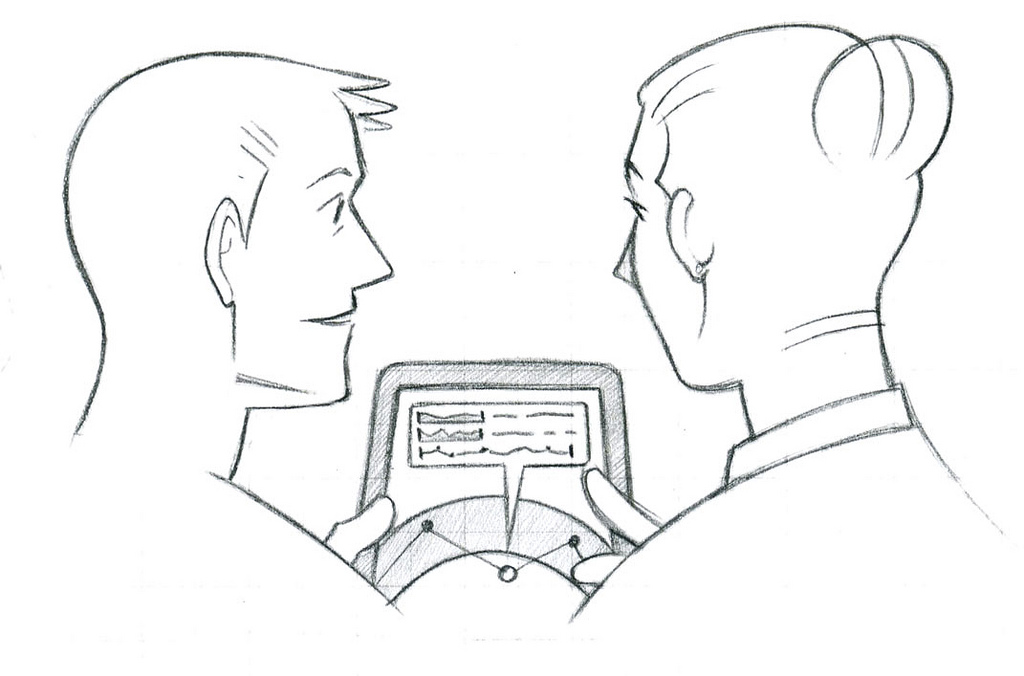A series of briefs by Texas Medical Students
By: Sanjana Reddy, Tsola Efejuku, and Courtney Holbrook
In the seminal 2006 text, Redefining Health Care, Harvard Business School professors Michael Porter and Elizabeth Teisberg describe a healthcare market with a “positive sum” game; a market where all professional and economic incentives are aligned towards the maximization of “value,” defined as the “the quality of patient outcomes relative to the dollars expended.”1 Value in health care is the measured improvement in a patient’s health outcomes for the cost of achieving that improvement.1 Value-based care transformation is often conflated with cost reduction methods, quality improvement, or even evidence-based care guidelines. Rather, the goal of value-based care is to enable healthcare systems to improve health outcomes for patients over the full cycle of care. Tiesberg further elucidates three key dimensions (the Triple C’s) for measuring patient outcomes: capability (the ability for patients to do what is important to them), comfort (relief from emotional and physical suffering), and calm (reducing the chaos of navigating the healthcare ecosystem).2
In the U.S., improving patient-centered outcomes has become a highly discussed topic with ABIM’s Choosing Wisely program3, American College of Physicians’ High Value Care initiative4, and even major publications like the American Journal of Medicine’s recurring column on high-value care practice.5 In response to escalating healthcare costs, the Centers for Medicare & Medicaid Services (CMS) and other payers have shifted from traditional fee-for-service payments to value-based reimbursements such as the CMS Merit-Based Incentive Payment System (MIPS).6 Value-based health care empowers the clinician-patient relationship, places care delivery decisions at the expertise of a coordinated clinical team, and focuses on outcomes that matter most to patients.
The leadership of professional organizations, such as the Texas Medical Association (TMA), is invaluable to the process of defining and upholding the principles of value-based health care for systems and individual practitioners. Current TMA policy recognizes the need to advocate for high-value care principles in undergraduate and graduate medical education (Res. 201-A-18)7 and the adoption of the Choosing Wisely campaign (265.023).8 Although the evidence-based model (265.018.)9 previously adopted by the TMA does not encompass the full principles of the value-based decision making model, TMA resolutions on Cost Effectiveness (110.002)10 and Cost Containment (110.007)11 reinforce the need for cost-effective utilization of care.
On the federal level, exceptions to key legislation have been enforced recently to further advocate for value-based healthcare options. In November 2020, the CMS and Department of Health and Human Services Office of the Inspector General (OIG) released new exceptions to the Anti-Kickback Statute and the Stark law, effective January 19, 2021. These exceptions now allow more providers to participate in coordinated and value-based care arrangements that can improve quality and outcomes, lower costs, and increase health system efficiency, without the fear of severe criminal or civil legal backlash.12
The practice of value-based health care, although strong in theory, is not without flaws. The primary weakness of this system is that physicians are often responsible for things out of their control, such as referred providers’ costs and pre-existing conditions.13 This system requires widespread buy-in from all providers in order to collectively reduce costs and increase quality of care—effectively changing the culture of health care. Notably, this system inherently disincentivizes caring for patients of low socioeconomic status, particularly minorities, who inevitably generate higher costs due to health disparities.14 Weinick et al. emphasize adding a metric to the value-based healthcare system that addresses equity in health care. Their guide illustrates how to utilize value-based health care to reduce racial disparities, primarily by appending equity in pay-for-performance models.15
Goals of the Medical Student Section include staying informed about current policies regarding value-based health care since these policies are constantly changing and significantly affect reimbursement rates. Medical students are afforded the opportunity to learn about the principles of value-based health care from the very beginning of their training. Knowing the alphabet soup of value-based care (MIPS, APM, MACRA, etc.) will benefit patients and providers alike by improving outcomes, reducing costs, and maximizing reimbursements. In an effort to emphasize value-based health care early in the practice of medicine, the American Board of Internal Medicine sanctioned the Dell Medical School Value Institute for Health & Care’s STARS (Students and Trainees Advocating for Resource Stewardship) program. Over the past few years, student representatives across the country have met to learn about the principles of high-value care, review the Choosing Wisely campaign, and start their own initiatives at their respective medical schools. In Texas, students at UTHSC San Antonio’s Long School of Medicine created an ongoing Value-Based Health Care elective and degree distinction pathway. Dell Medical School offers online instructional modules and is a leader in patient-centered outcomes research. Medical students have a tremendous opportunity to impact high-value care through education, research, and student-led initiatives.
References:
- Porter ME, Teisberg EO. Redefining Health Care: Creating Value-Based Competition on Results. 2006. Boston, MA: Harvard Business School Press.
- Liu TC, Bozic KJ, Teisberg EO. “Value-based healthcare: person-centered measurement: focusing on the three C’s.” Clin Orthop Relat Res. 2017;475:315–317.
- https://www.choosingwisely.org/
- https://www.acponline.org/clinical-information/high-value-care
- https://amjmed.org/advancing-high-value-health-care-a-new-ajm-column-dedicated-to-cost-conscious-care-quality-improvement/
- https://www.cms.gov/newsroom/fact-sheets/quality-payment-program
- Texas Medical Association. Policy Compendium. Evidence-Based Medicine 265.018.
- Ibid. High-Value Care in Undergraduate and Graduate Medical Education 200.054.
- Ibid. Choosing Wisely Campaign 265.023.
- Ibid. Cost Effectiveness 110.002.
- Ibid. Cost Containment 110.007.
- Modernizing and Clarifying the Physician Self-Referral Regulations Final Rule (CMS-1720-F). CMS. Accessed May 27, 2021. https://www.cms.gov/newsroom/fact-sheets/modernizing-and-clarifying-physician-self-referral-regulations-final-rule-cms-1720-f.
- Burns, J. “What’s the downside to value-based purchasing and pay for performance?” Association of Health Care Journalists. September 6, 2014. https://healthjournalism.org/blog/2014/09/whats-the-downside-to-value-based-purchasing-and-pay-for-performance/.
- “Value-Based Health Care Must Value Black Lives,” Health Affairs Blog, September 3, 2020. DOI: 10.1377/hblog20200831.419320
- Weinick, Robin & Rafton, Sarah & Msw, & Walton, Jim & Do, & Hasnain-Wynia, Moderator & Flaherty, Katherine & Scd,. (2021). Creating Equity Reports: A Guide for Hospitals.









